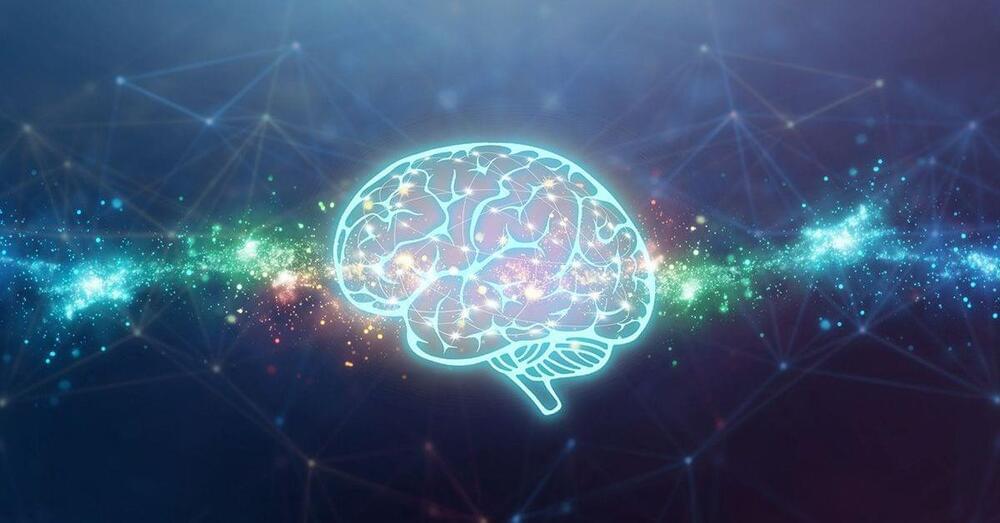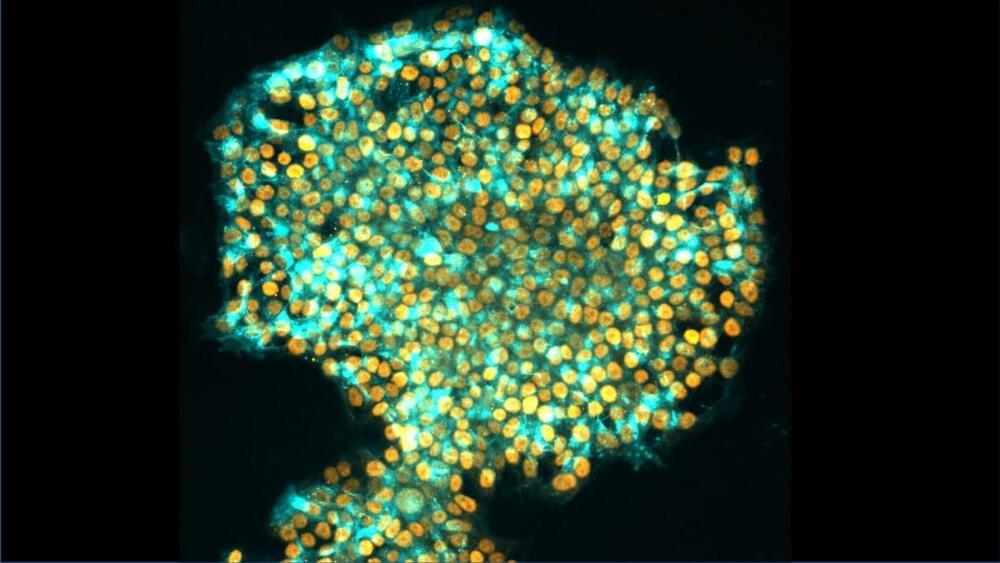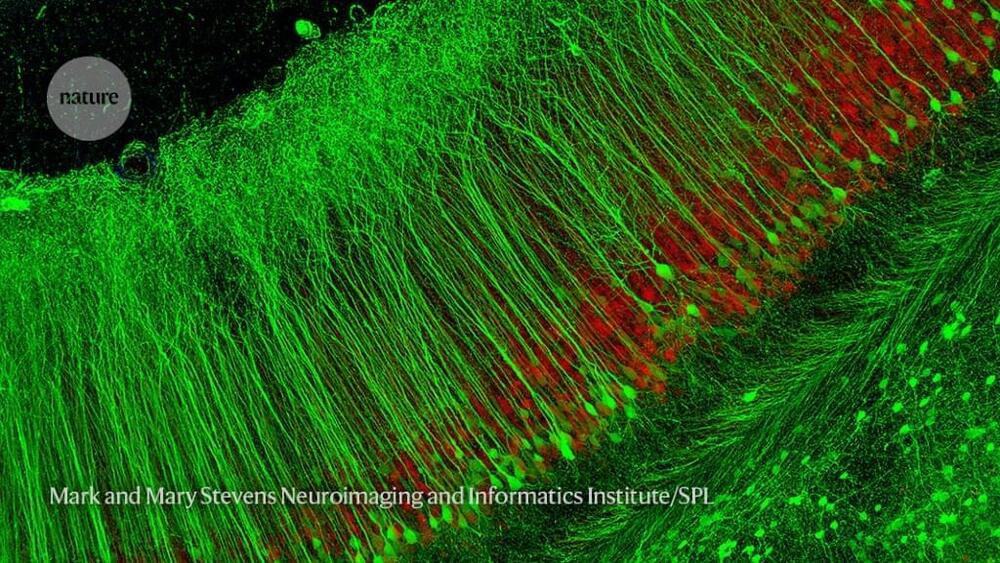New research on mice has shed light on how high blood pressure causes changes to arteries in the brain, a process that leads to vascular dementia. The research, led by University of Manchester scientists, funded by the British Heart Foundation and published today in the journal Proceedings of the National Academy of Sciences, [1] has uncovered a route to developing the first ever drug treatments for vascular dementia that directly target a cause of the condition.
High blood pressure is the main cause of vascular dementia, a condition characterised by poor blood flow to the brain. The reduced blood supply starves brain cells of nutrients and over time they become damaged and die. Symptoms of vascular dementia include loss of energy, lack of concentration and poor memory.
It’s normal for the brain’s arteries to narrow and widen in response to changes in blood pressure. However, consistently high blood pressure causes arteries to stay narrow and restrict the brain’s blood supply. Until now, it was not known why.
